Custom Copilot Record Summaries in D365 Customer Service

A few weeks ago I wrote an article about how to configure and enable Copilot Case Summaries in Dynamics 365 Customer service. If you haven’t had a chance to read the article yet, then you can do so here. If you’re unsure about what a Copilot Summary is, let me clarify: In Dynamics 365, Copilot generates record summaries that highlight key information about specific records (rows). These summaries allow users to quickly understand essential details about the record without manually sifting through all the related data. Copilot pulls information from configured data points, like columns from the source table and related tables to create these summaries.
Previously we were unable to configure record summaries for other tables except for Cases, (and opportunities, leads and accounts in D365 Sales). However, this new feature that went live in November 2024, allows us to do exactly that! This feature is not just for system tables, if you have custom tables for which you want to enable summaries, you can! Just keep in mind that the configuration for the custom record summaries is in the Customer Service Admin Center App, which is part of Dynamics 365 Customer Service, which means you’ll need a license to use this.
Create a record summary for a table
In order to create a new record summary I opened the Customer Service Admin Center app and navigate to the ‘Productivity’ item on the sitemap. (located below the ‘Agent Experience’ group.) I click on the “Manage’ link on the far right side of the ‘Summaries’ item on the screen. This takes me to all the summary settings. The ‘Custom Record Summaries’ are located below the ‘Live Conversation Summaries’ section on the page. To add a new summary for a table I click the ‘Add new summary’ button, which will open the configuration screen for the summary. In the first page (Step 1 of 2) I need to give the summary a name. I am going to enable this for the Customer Asset table so I call this ‘Customer Asset Summary’. This is also the name of the Summary section that users will see in the form after all config is completed. NOTE: The Customer Asset table is a system table that is part of D365 Field Service. You can also use your own custom table for this. Naming it this way will make it easy for everyone to understand which table the summary is related to. I select ‘Customer Asset’ as the record type (table) and in the description of record type I need to enter a short description of what type of information this table holds so that Copilot understands the use of this table better. I enter: ‘Customer assets hold information about an asset that is installed at a customer location. Examples of a customer asset are: HVAC units, Batteries, Coils, etc..’ I click the ‘Next’ button on the bottom of the screen to advance to the second page of the configuration screen (Step 2 of 2).
Specify Data for Summary
The steps to configure the data the summary will be based on is very similar to the steps in last week’s article, but there are some additional steps that need to be done afterwards which I will explain here as well. On the Step 2 of 2 screen I will configure the columns of the root table (this is the table I’m configuring the summary for) and related tables I want Copilot to use when generating the summary. In this screen you can add data from the main table, from many-to-1 relationships and 1-to-many relationships. When I click ‘Add Data’ selecting the 1-to-1 data type, I can configure this in two ways: I can choose columns from the root table (root record type) or I can select a table that has a many:1 relationship with the root table, which in this example is the Customer Asset table. I select the data type of ‘1-to-1’ and I select the ‘Customer Asset’ table in the ‘Record type of activity’ field. The data field is where I need to select a column from the Customer Asset table that I want Copilot to use in the summary. I select the ‘Name’ field here. In the description field I enter a short description of what the column represents so that Copilot understands the data in the column: ‘Name of the customer asset’. NOTE: Not all columns are available in this list as not all data types are enabled for summaries.

I also want to add data from the Functional Location table to the summary. NOTE: The Functional Location table is a D365 Field Service System table which stores information about the exact location of an asset, I.E Roof, Conference Room 1, etc. The Customer Asset table has a many-to-1 relationship with the Functional Location table so I select ‘1-to-1’ as the datatype. I then select ‘Functional Location(Functional Location)’ as the ‘Record type or activity. NOTE: ‘Functional Location(Functional Location)’ represents the table name and the name of the lookup column in parentheses. I select ‘Name’ as the Data field and I enter ‘Name of the location the asset is located at’ in the description. I also want to include notes related to the customer asset, so I add another row where the data type is 1-to-many. In the ‘Record type of activity’ field I select the Notes table ‘(Note(regarding)’ and for the data field I select the ‘Description’ column. I enter ‘Note related to the customer asset’ in the ‘Description’ field. Feel free to add more tables and columns as needed, but keep in mind that the maximum number of items for the 1-to-1 data type is 10 and the maximum for the 1-to-many is 3 related tables and 6 items. NOTE: For Copilot to generate a summary, there must be at least 38 words across the columns used. This doesn’t mean every column needs to have data, but the total word count across all columns must be 38 or more. If there are less than 38 words, the summary won’t be created, and you’ll receive a message that states that there was not enough information to generate the summary.
I save my changes by clicking the ‘Save and Close’ button on the bottom of the screen. This closes the window and I can see the custom summary setup that I just finished.

I also see a notification that states I need to ‘publish the summary to the agents’ using the following GUID: b9e524c5-62cc-ef11-a72e-0022483c85ba. Most likely this is the unique ID of the custom record summary I just created. If I don’t do this, the summary will not be visible in the record. This wording was a bit strange to me, so I asked Microsoft what this means, which I will explain in the Publish Summary paragraph.
Exclude data
If you have the need to exclude certain information from the custom record summary, you can do this by adding up to 10 email addresses (any emails coming from those email addresses will not be included in the summary) or adding specific text that can appear in emails, case comments or posts. Examples are disclaimers, headers, footers and other boilerplate types of text. The info that should be excluded can be added in the ‘Excluded information from case and custom record summaries’ section.
Publish Summary
Add summary control to form(s)
The publishing of the summary means that I need to make some changes to the form(s) I want to show the summary on. The first thing I will need to do, is add the summary control to the Customer Asset form. This control makes the Copilot Summary visible on a form. I do this by navigating to make.powerapps.com, clicking on ‘Tables’ on the left navigation pane and searching for the Customer Asset table. When I open the Customer Asset table, I access the form by clicking on ‘Forms’ under ‘Data Experiences’. I then click on the form I want to add the control to which opens the form designer. I have to configure this control on a single-line of text field, so I drag the existing ‘Asset Tag’ column on the form. The system name of the column is ‘msdyn_AssetTag’, which I will need later on.

I click on the ‘Asset Tag’ column inside the form and I change the name to ‘Record Summary’. NOTE: This is not something you are required to do, I just like to do this so that it’s easier to identify later which column I used for the summary. I then check the ‘Hide Label’ box so the label will not be visible on the form. I scroll down and expand the ‘Control’ section on the right side of the form, then I click ‘+Component’ to add the component to the Asset Tag column. I select the ‘Copilot Case Summary Control’ from the list. NOTE: If you don’t see the control in the list, click on ‘Get more components’ and add it from there.
In the Incident ID (table column) I select the Custom Asset(text) column which represents the Customer Asset table. NOTE: This is very important because the Incident ID field passes the row GUID so that Copilot can generate the summary for that row. You always will need to select the name of the table followed by (text) in this drop down field. In the Static Value I copy the GUID from the Custom Record Summary. In my case this is 0680a1ec-09cd-ef11-a72e-0022483c85ba, as shown in the screenshot above. NOTE: When you configure this yourself, you’ll likely have a different GUID.
Add event handler to form
The last thing I need to do is add an event handler to my form that will make the summary control on the form visible. In the form, I click on the ‘Tree View’ icon on the sitemap, then I click on the top item in the Tree which in my case is ‘Customer Asset’. On the left side of the form I click on the ‘Events’ tab and expand the ‘On load’ section and click on the ‘+ Event Handler’ button. The ‘Configure Event’ window opens. I click ‘+ Add library’ and search for msdyn_CopilotCaseSummaryLibrary.js. I then select it and click on the ‘Add’ button. This brings me back to the ‘Configure Event’ window in the form. Here I need to select the ‘msdyn_CopilotCaseSummaryLibrary‘ in the Library field and enter ‘Mscrm.CSIntelligence.CopilotCaseSummary.setVisibilityOfCaseSummary‘ in the Function field. I also need to check both boxes for ‘Enabled’ and “Pass execution context as first parameter’. Lastly, I need to enter the system column name and the record summary GUID in the ‘Comma separated list of parameters that will be passed to the function‘ field, so I enter: “msdyn_AssetTag”,”b9e524c5-62cc-ef11-a72e-0022483c85ba” as shown in the image below.

I click on the ‘Done’ button to save the control, and then I need to ‘Save and Publish’ my changes. When I navigate to the Customer Asset form, I now see the Customer Asset Summary on the form.
Removing Custom Summaries
You can remove the Custom Summary at any time by selecting the summary from the list and clicking on the ‘Remove Date’ button. Once you do this, you’ll notice a pop-up warning message that reads: ‘Remove summary data? This action only removes the summary data setup. If you remove the data without first deleting (unpublishing) the summary in Power Apps, it will create an error in the agent experience.’ What this means is that by deleting the custom summary row, the form configurations explained above will not automatically get deleted, you will need to remove these configurations from the forms manually. All in all, I think this is a great feature, although I would love to see more column types added and tables that are indirectly related to the source table, but that might be functionality that gets added later! I hope you enjoyed this article! Be sure to check in again next week for a new article or subscribe here to never miss another post!



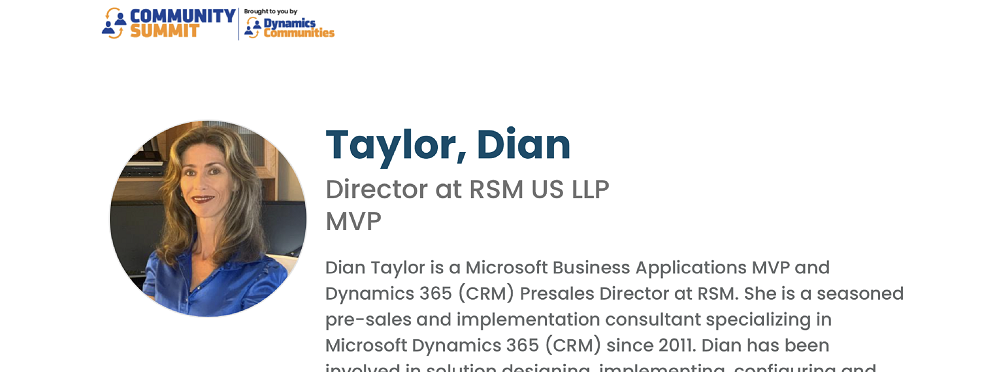
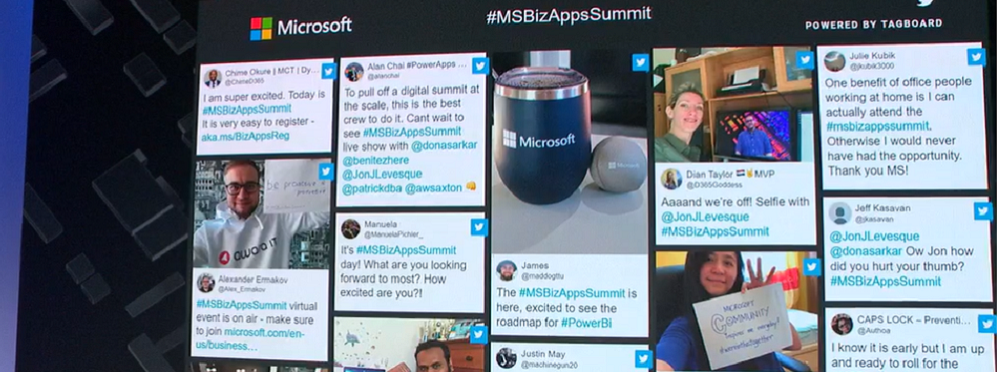

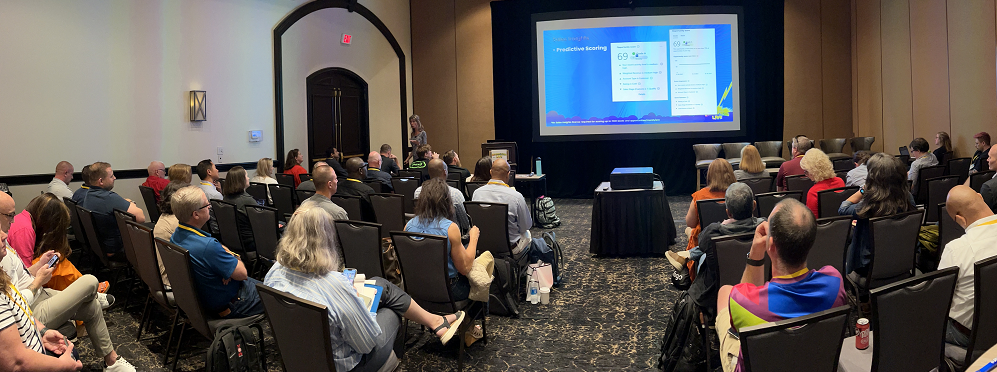
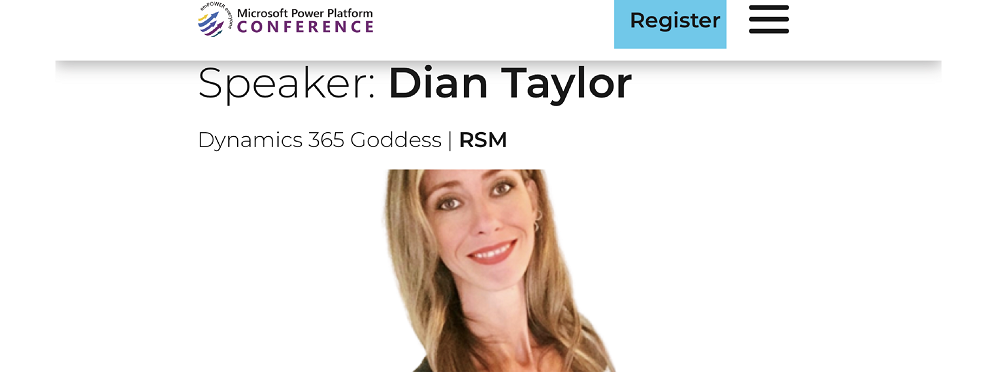
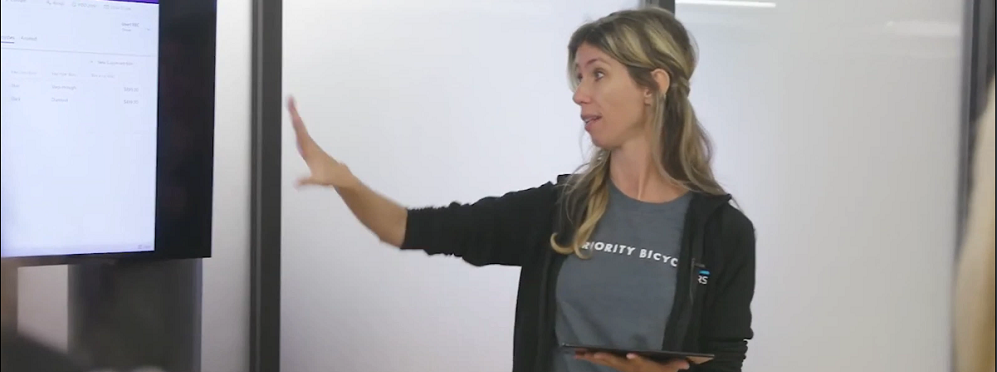



Comments are Closed